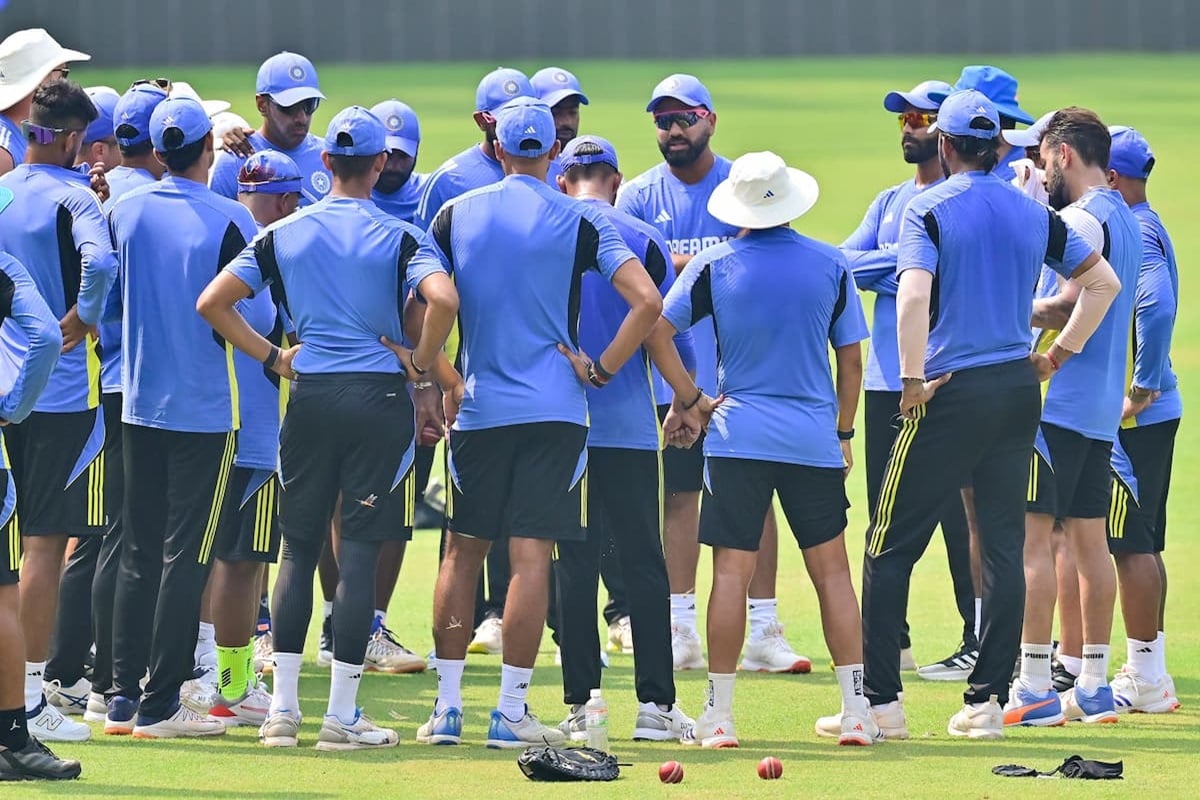[ad_1]
Team India was handed its first home Test Series defeat since England in 2012 after New Zealand wrapped up a 3-0 whitewash in Mumbai by 25 runs. It is also the first Series whitewash at home since South Africa defeated them 2-0 and the first in a Series consisting of three or more Tests.
This was a proud moment for Captain Tom Latham and his team, who thoroughly outbatted the hosts in all three Tests.
Looking back at the start of the series and to be in this position. Boys have done a very good job and to finally to do it here in Mumbai, we were challenged with bat and ball. Very happy. Just being able to adapt to each ground. There is no one way of doing things – the seamers did the job in Bangalore, different guys stood up at different times.
More contributions we were looking for. Last week it was Mitch, this time it was Ajaz. We wanted to come here and try and fire a few shots. Tried to be aggressive with the bat, be proactive and with the ball, keep it simple. I don’t think we played all that bad over there [in SL]. Fell on the right side of the toss in these conditions and put enough runs on the board. When you are chasing a target on a tricky wicket, it is important to have runs on the board.
Latham: Cricinfo
The fact that Ajaz Patel’s 6-57 in Mumbai and Mitchell Santner’s 6-101 in Pune were the two match-defining spells shows that this Indian team has vulnerabilities on spinner-friendly wickets.
Even more baffling is that some of their batsmen, such as Virat Kohli, are reluctant to use the sweep shot.
This is what New Zealand’s batsmen did significantly in this Series.
Ravichandran Ashwin and Ravindra Jadeja usually rip through batting lineups at home,
But Ashwin, who picked up nine wickets in the Series, was outbowled by New Zealand’s two Left-Armers(Santner & Patel), who got 13 and 15.
It was Jadeja and Sundar who outperformed Ashwin.
This is disappointing for someone who has taken 383 of his 536 wickets in home conditions.
Very rarely does that happen in India.
India’s Batting Fragilities
Indian batsmen are traditionally good at playing spin; however, this generation of batsmen seems fragile, particularly against Left-Arm spin.
Good spin players are batsmen who can pick up the ball’s line and react instantly to the length and amount of spin the bowler applies to the ball.
But the number of times India’s batters were caught on the crease was baffling to watch.
India’s Left-Handers, Rishabh Pant, Sundar, Yashasvi Jaiswal, and Ravindra Jadeja, had better averages against New Zealand’s spinners.
The Indian captain, Rohit Sharma, pointed this out in the presentation.
We failed as a unit. When you are chasing a target like that, you want runs on the board. That was in my mind and it did not come of. When it does not come off it does not look great. I go in with certain plans and those did not come off this series. We did not play our best cricket in these conditions and are facing the result of that.
Pant, Gill, Washington showed how to bat on those surfaces. You have to be proactive, last three-four years we have been playing on pitches like that. This was an unfortunate series where we tried certain things that did not come off. I was not at my best as captain in leading the team as well as with the bat. Collectively as a unit we failed to perform.”
Sharma: ESPNCricinfo
And he’s right: if you want to post big scores on the board or chase totals down, you need partnerships through your innings.
That was India’s problem. Once New Zealand was able to break a partnership between two batsmen, the rest of the order failed to consolidate the platform that was set via that partnership.
The tone was set when India was bowled out for just 46 and 156 in the first innings of the first two tests.
The tour of Australia begins on 22 November, and Sharma’s side will need to win the Test Series convincingly to qualify for next summer’s World Test Championship final at Lord’s in June 2025.
Can they do it?
[ad_2]

